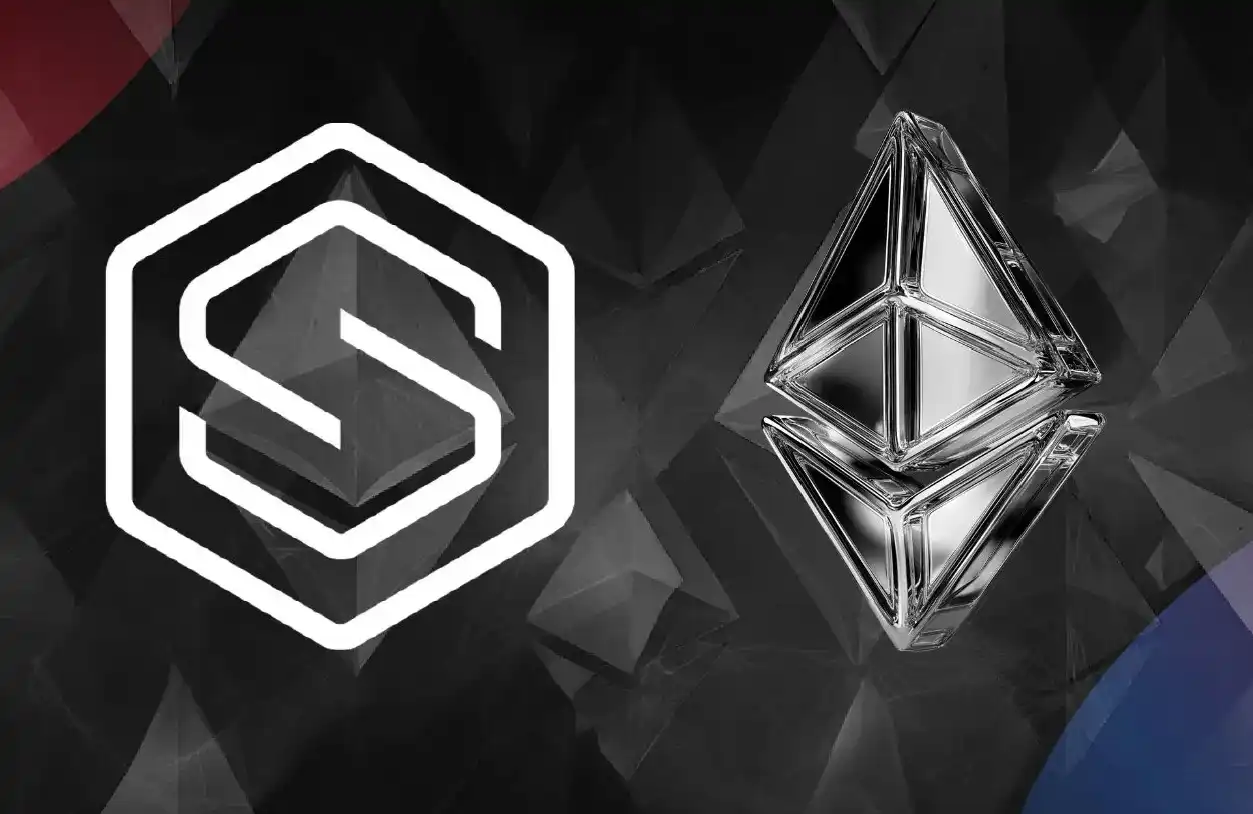Stablecoin Cold War Escalation: Circle Teams Up with Exchange to Build USDC "Shadow Consortium"
Original Article Title: "Stablecoin Showdown Intensifies: Circle Teams Up with Exchange to Build USDC 'Shadow Consortium'"
Original Source: Bitpush
Circle is making moves again. On July 9th, CoinDesk reported, citing sources, that Circle has quietly entered into a USDC revenue-sharing agreement with the world's second-largest crypto exchange, Bybit. This is another transaction for Circle in expanding the use cases of USDC following partnerships with Coinbase and Binance.
At the same time, Circle has also announced a partnership with OKX to provide its 60 million users with a one-to-one USDC fiat onramp. Just a few weeks ago, Circle went public via IPO, listed on the NYSE, and its market value has now exceeded $44 billion. Behind this series of high-frequency moves is Circle's ambition to play a larger role in the stablecoin market. However, in a market long dominated by Tether and with the compliance path still unclear, it is far from conclusive whether Circle's strategy truly holds an advantage.
Bybit Agreement: Continuing the "Divide Revenue for Promotion" Tactic
According to sources, the agreement between Circle and Bybit follows a general pattern: the more USDC held by Bybit, the more revenue-sharing from Circle's reserve interest Bybit can receive. This play is not actually new. Circle has long used a similar approach with Coinbase, paying Binance over $60 million in partnership fees, with monthly revenue tied to the USDC balance and calculated based on a certain SOFR interest rate benchmark. At first glance, Circle's use of "interest" to buy "market share" seems like a win-win. However, upon closer inspection, this is essentially growth through revenue sharing, except that the interest comes from US Treasury bond yields rather than user fees.
This incentive mechanism also poses some issues:
· Sustainability of Growth Questioned: The current US Treasury bond interest rate is above 5%, providing ample room for revenue sharing. But once the rate drops, the revenue potential shrinks. Will platforms still be willing to promote USDC?
· Fragile Partnership Relations: Binance has previously adjusted its support for USDC due to regulatory risks, indicating that such partnership relationships are not steadfast.
· Traffic Dominance is Not with Circle: The real customers are in the hands of the exchanges, leaving Circle in a relatively passive position.
Using revenue to "buy channels" somewhat indicates that USDC has not yet formed true market inertia.
OKX Partnership: Strengthening Key Infrastructure for "Dollarization"
The partnership between Circle and OKX involves providing a one-to-one USDC to USD deposit channel. This partnership is not just about the convenience of conversion; it is a key piece in Circle's creation of a "global dollar router":
· In countries without local USD accounts, USDC becomes the tool for non-US users to access USD assets;
· OKX serves as the local traffic entry point, facilitating fiat deposits and on-chain circulation;
· Circle acts as the stablecoin central bank for settlement and reserves.
As USDC evolves into a globally interchangeable form of the dollar, its network effects and the speed at which transaction friction decreases will experience exponential growth.
A more practical question is: Do users really need to exchange USDC for USD? Within trading platforms, USDC is essentially a "unit of account." The primary purpose for most users holding it remains participation in crypto trading rather than frequent fiat conversion.
Therefore, OKX's partnership is part of the "compliance narrative" rather than a key factor directly boosting USDC market share.
Stable Stock Performance, but Valuation Implies Risk

The current CRCL stock price is around $199, with a nearly 80% increase in the past 30 days. Analysts have mixed views on its future trajectory.
Seaport Research previously issued a "strong buy" rating on June 20 with a target price between $215 and $250. However, analysts from institutions such as JPMorgan Chase, Goldman Sachs, and SMBC Nikko foresee the stock price potentially falling to the $80 to $85 range, citing increasing market competition and the potential challenge to Circle's international expansion posed by central bank digital currencies (CBDCs) globally. Nevertheless, 12 Wall Street analysts generally rate it as "hold," reflecting complex market sentiment regarding its prospects.
It is worth noting that the current market valuation of Circle is more like a bet on future stablecoin regulatory frameworks. If the Federal Reserve or Treasury tightens regulations or if a competitor takes a different path to break through, Circle's business model will still face pressure. Additionally, Circle's high valuation includes expectations of becoming the global stablecoin infrastructure, a story that cannot be realized in the short term.
The Intense Competition in the Stablecoin Market
For Circle, the biggest competitor is undoubtedly Tether (USDT). According to the latest data, Tether's USDT remains the market leader. A report from Finery Markets shows that despite a significant gap with USDT, in the first half of 2025, USDC's institutional OTC trading volume grew 29-fold, demonstrating a strong institutional adoption trend.
At the same time, new stablecoin projects have emerged in the market, including Global Dollar (USDG) supported by Robinhood, which also drive their adoption through a built-in revenue-sharing mechanism. USDG was launched in the EU on July 1, 2025, and has partnered with many industry players such as Kraken, Mastercard, and Paxos, aiming to create a network that rewards participants.
Facing competition, Circle is not only relying on its existing advantages but also actively exploring diversified revenue sources, such as the Circle Payments Network launched earlier this year. It aims to provide instant stablecoin settlement services for banks, neobanks, and digital wallets to reduce reliance on reserve interest income.
If Tether emerged as the dominant force from the gray market, Circle is building a stablecoin new order of financial infrastructure. In the future, this competition may ultimately not be about "which stablecoin is bigger," but about who can become the core router of the Dollar Internet, wielding influence over future global transactions.
Welcome to join the official BlockBeats community:
Telegram Subscription Group: https://t.me/theblockbeats
Telegram Discussion Group: https://t.me/BlockBeats_App
Official Twitter Account: https://twitter.com/BlockBeatsAsia
 Forum
Forum OPRR
OPRR Finance
Finance
 Specials
Specials
 On-chain Eco
On-chain Eco
 Entry
Entry
 Podcasts
Podcasts
 Activities
Activities









